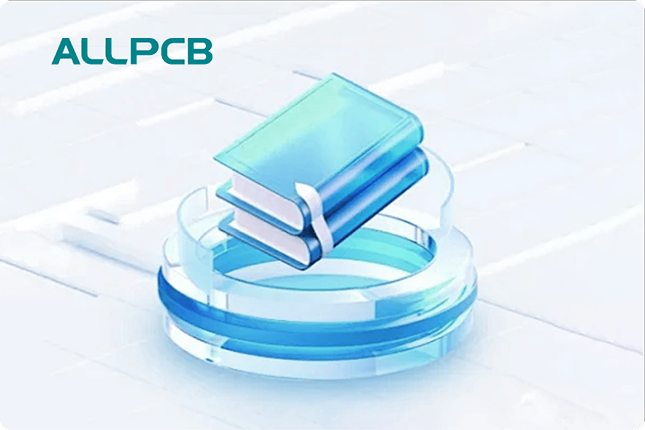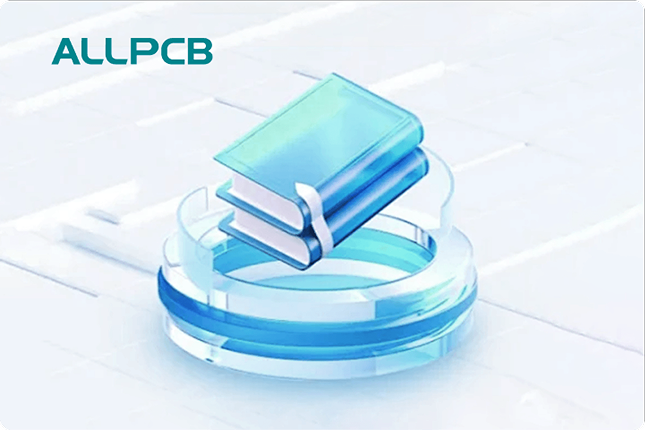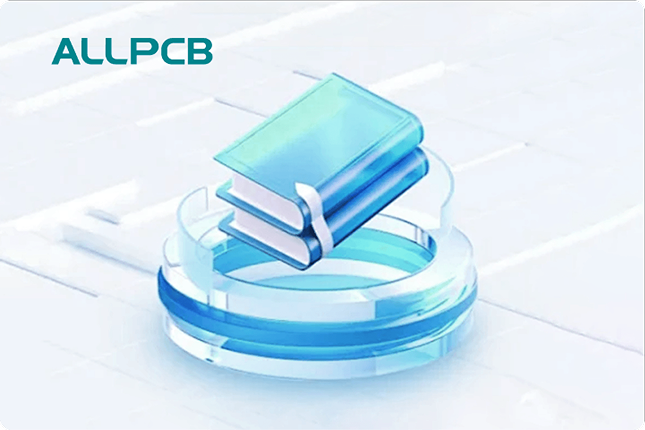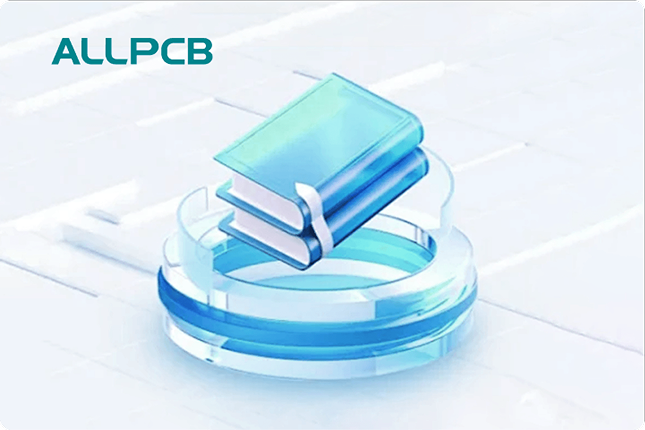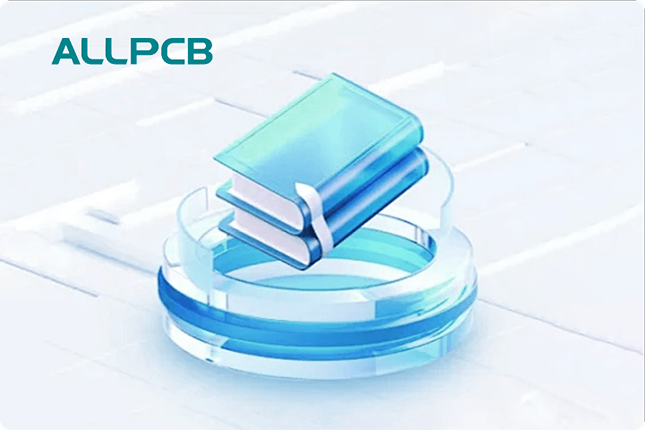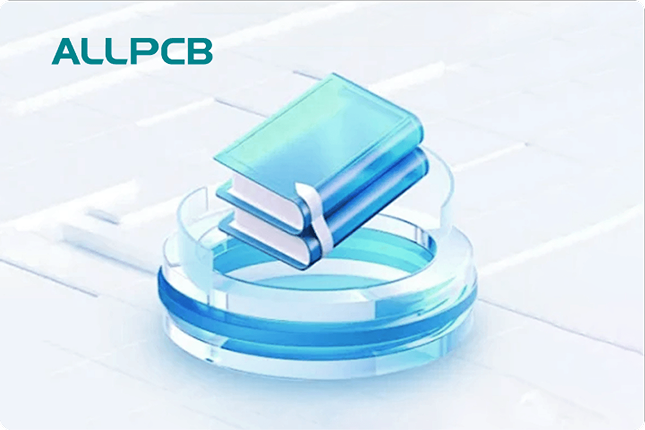When it comes to designing printed circuit boards (PCBs) for data storage applications, selecting the right PCB substrate material is critical. The substrate affects signal integrity, thermal management, and overall performance, especially in high-speed and high-frequency environments. Whether you're working on hard drives, solid-state drives (SSDs), or server storage systems, the material you choose can make or break your design. In this comprehensive guide, we'll explore key factors like dielectric constant, loss tangent, thermal conductivity, and alternatives to traditional materials like FR-4, helping you make an informed decision for your next project.
Why PCB Substrate Materials Matter for Data Storage
In data storage applications, PCBs must handle high-speed data transfer, minimize signal loss, and manage heat effectively. The substrate material—the insulating layer between conductive copper traces—plays a huge role in meeting these demands. A poor choice can lead to signal distortion, overheating, or even system failure. By focusing on material properties like dielectric constant and loss tangent, you can ensure reliable performance for devices that process and store massive amounts of data.
Let’s dive deeper into the key considerations for selecting the right PCB substrate materials, tailored specifically for data storage needs.
Key Properties to Consider in PCB Substrate Materials
Choosing a substrate involves evaluating several material properties. Each property impacts how the PCB performs under the unique stresses of data storage systems. Below, we break down the most important factors.
1. Dielectric Constant (Dk): Controlling Signal Speed
The dielectric constant, often abbreviated as Dk, measures how much a material can store electrical energy in an electric field. For data storage applications, a lower Dk is usually better because it allows signals to travel faster through the PCB. High-speed data transfer, such as in SSDs or server boards, demands materials with a Dk value between 2.2 and 3.5 for optimal performance.
For comparison, the commonly used FR-4 material has a Dk of about 4.3 to 4.5 at 1 MHz. This is acceptable for low-speed applications but can cause delays in high-frequency designs. If your project involves data rates above 10 Gbps, you’ll likely need a substrate with a lower Dk to maintain signal integrity.
Suggested Image Placement: Insert an image here showing a comparison chart of dielectric constants for different PCB materials. ALT Text: "Chart comparing dielectric constant values of PCB substrate materials for data storage."
2. Loss Tangent (Df): Minimizing Signal Loss
The loss tangent, or dissipation factor (Df), indicates how much signal energy a material loses as heat. In data storage systems where high-frequency signals are common, a low loss tangent is essential to prevent data corruption. A high Df can lead to signal attenuation, especially over long traces, which is a problem for large storage arrays or high-speed interfaces.
Standard FR-4 has a loss tangent of around 0.02 at 1 GHz, which is too high for many modern data storage applications. Materials with a Df below 0.005 are often recommended for frequencies above 5 GHz. Selecting a substrate with a low loss tangent ensures cleaner signals and better performance in demanding environments.
3. Thermal Conductivity of PCB Materials: Managing Heat
Data storage devices generate significant heat, especially in servers or high-performance SSDs. The thermal conductivity of a PCB substrate determines how well it can dissipate this heat. Poor thermal management can degrade components, reduce lifespan, and cause system crashes.
FR-4 offers a thermal conductivity of about 0.3 W/m·K, which is low compared to advanced materials that can reach 1.0 W/m·K or higher. For applications where heat dissipation is critical, choosing a substrate with better thermal conductivity can prevent hotspots and maintain stable operation.
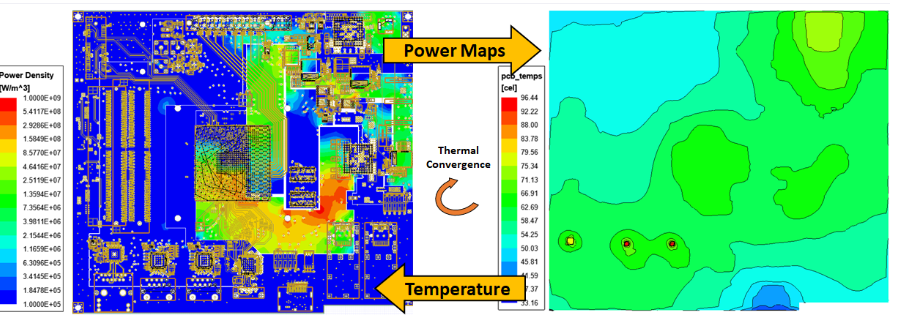
4. Coefficient of Thermal Expansion (CTE): Ensuring Reliability
The coefficient of thermal expansion (CTE) measures how much a material expands or contracts with temperature changes. In data storage systems, where components are densely packed, a mismatch in CTE between the substrate and other materials can cause mechanical stress, leading to cracks or delamination.
A substrate with a CTE close to that of copper (around 17 ppm/°C) is ideal. FR-4 has a CTE of about 14-17 ppm/°C, which is decent but may not suffice for extreme conditions. Advanced materials often offer tighter control over CTE, improving reliability in high-temperature environments like data centers.
FR-4 Alternatives for High-Frequency PCB Materials
While FR-4 is the go-to substrate for many PCB designs due to its low cost and availability, it often falls short in high-frequency and high-speed data storage applications. Let’s explore some FR-4 alternatives that are better suited for these demanding scenarios.
1. PTFE-Based Materials: Ultra-Low Loss for High Frequencies
Polytetrafluoroethylene (PTFE) substrates are known for their extremely low dielectric constant (around 2.1) and loss tangent (below 0.001 at 10 GHz). These properties make them ideal for high-frequency PCB materials used in data storage systems handling signals above 20 GHz. However, PTFE materials are more expensive and harder to process than FR-4, so they’re typically reserved for specialized applications.
2. Hydrocarbon Ceramic Laminates: Balancing Cost and Performance
Hydrocarbon ceramic laminates offer a middle ground between cost and performance. With a Dk of around 3.0 to 3.5 and a Df of 0.003 to 0.004 at 10 GHz, they support high-speed data transfer while being more affordable than PTFE. These materials are a popular choice for data storage designs that require better performance than FR-4 but can’t justify the cost of premium substrates.
3. Polyimide: High Thermal Stability
Polyimide substrates are known for their excellent thermal stability, withstanding temperatures up to 260°C or higher. They have a Dk of about 3.4 and a Df of 0.008 at 1 GHz, making them suitable for data storage applications in harsh environments. Their flexibility also allows for use in compact or flexible PCB designs, though they are pricier than standard materials.
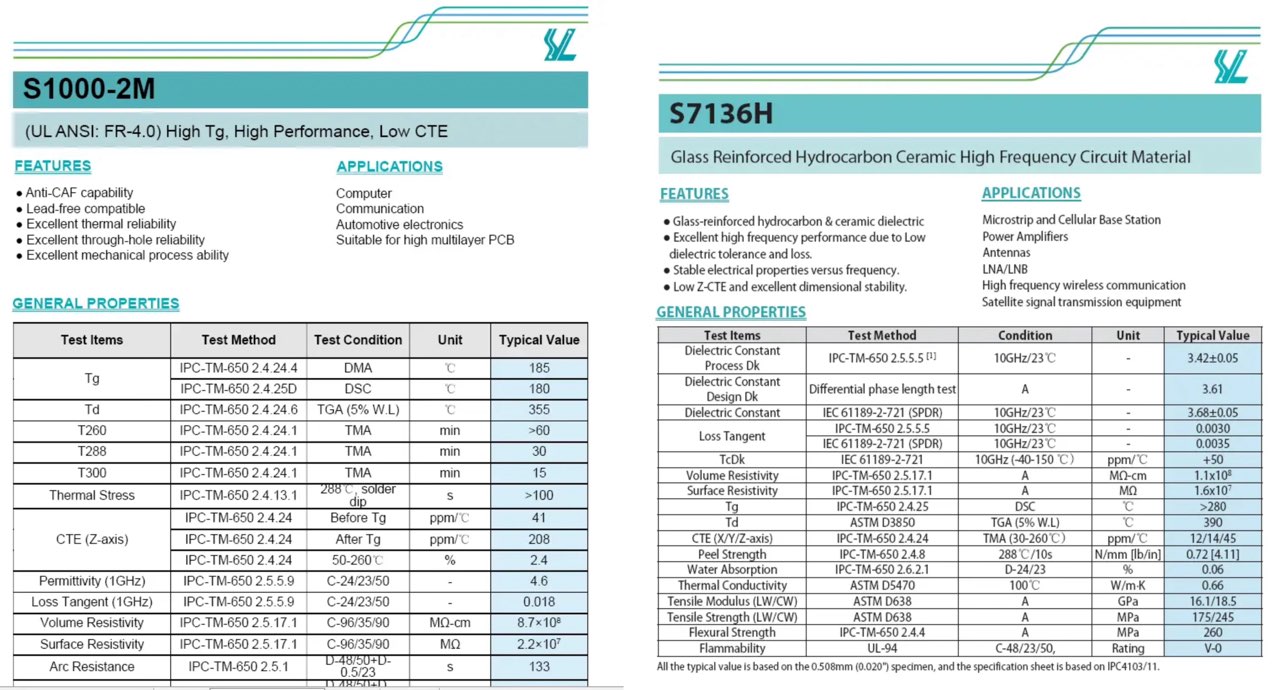
Material Selection for Data Storage: Practical Tips
Selecting the right PCB substrate for data storage applications requires balancing performance, cost, and manufacturability. Here are some actionable tips to guide your decision:
- Assess Signal Speed Needs: If your design operates at data rates above 10 Gbps, prioritize materials with a low dielectric constant (below 3.5) and loss tangent (below 0.005).
- Evaluate Thermal Demands: For high-density storage systems, choose a substrate with thermal conductivity above 0.5 W/m·K to prevent overheating.
- Consider Environmental Factors: If your application involves extreme temperatures or humidity, opt for materials like polyimide that offer superior stability.
- Budget Constraints: While high-performance materials improve results, they cost more. Weigh the benefits against your project’s budget to find the best fit.
- Work with Experts: Partner with a trusted PCB manufacturer to test and validate material choices before full-scale production.
Challenges in High-Frequency Data Storage Designs
Data storage systems increasingly rely on high-frequency signals to meet the demands of faster data transfer. However, these designs come with unique challenges that substrate materials must address.
First, signal integrity becomes harder to maintain as frequencies rise. Even small variations in dielectric constant across a board can cause impedance mismatches, leading to reflections and data errors. Materials with consistent Dk values are critical for uniform performance.
Second, crosstalk between traces can interfere with data signals in densely packed storage boards. A substrate with low loss tangent and proper spacing helps minimize this issue.
Finally, power consumption and heat generation increase with frequency. A substrate with high thermal conductivity ensures that heat is dissipated efficiently, protecting sensitive components.
How Material Selection Impacts Long-Term Reliability
The right PCB substrate doesn’t just improve performance—it also enhances the long-term reliability of data storage devices. Materials that resist moisture absorption, maintain dimensional stability, and handle thermal cycling reduce the risk of failures over time.
For instance, substrates with low moisture absorption (less than 0.2%) prevent delamination in humid environments like data centers. Similarly, materials with a low CTE reduce stress on solder joints during temperature fluctuations, extending the board’s lifespan.
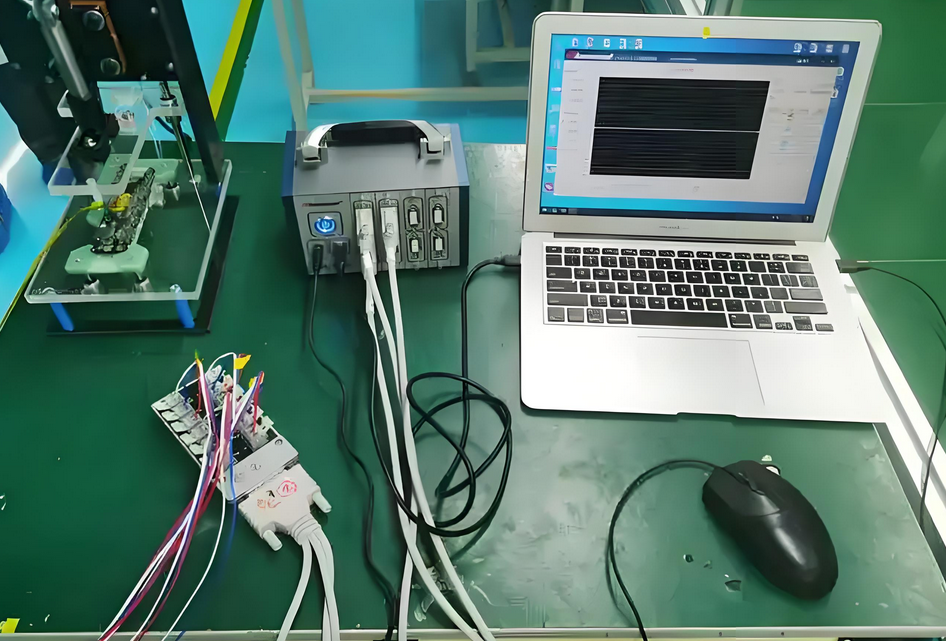
Future Trends in PCB Substrates for Data Storage
As data storage technology evolves, so do the materials used in PCB design. Emerging substrates are pushing the boundaries of performance to meet the needs of 5G, artificial intelligence, and massive data centers.
One trend is the development of hybrid laminates that combine the benefits of multiple materials, such as low loss and high thermal conductivity, in a single substrate. These hybrids aim to deliver high performance at a lower cost.
Another area of innovation is sustainable materials. Researchers are exploring eco-friendly substrates that reduce environmental impact without sacrificing performance. While still in early stages, these materials could become viable options in the coming years.
Conclusion: Making the Right Choice for Your Data Storage PCB
Choosing the right PCB substrate for data storage applications is a balancing act between performance, cost, and reliability. By understanding key properties like dielectric constant, loss tangent, and thermal conductivity, you can select a material that meets the demands of high-speed, high-frequency designs. While FR-4 remains a popular choice for basic applications, alternatives like PTFE-based materials, hydrocarbon ceramic laminates, and polyimide offer superior performance for advanced systems.
Take the time to evaluate your project’s specific needs, from signal speed to thermal management, and consider partnering with a reliable PCB manufacturer to ensure the best results. With the right material, you can build data storage solutions that deliver speed, efficiency, and durability for years to come.
 ALLPCB
ALLPCB


